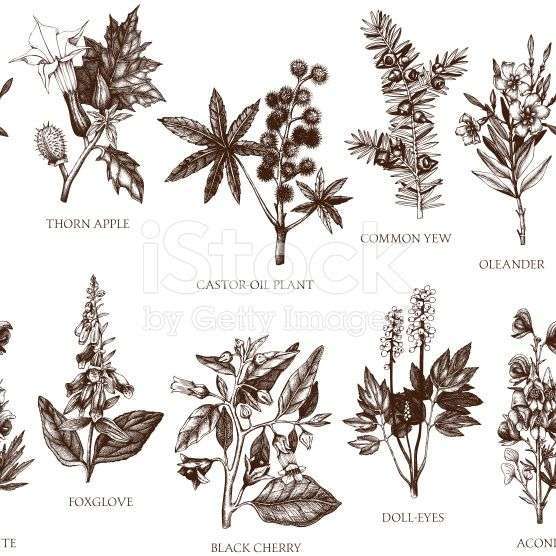Gardeners need to manage weeds every year. All soils in Kansas contain weed seeds. Weeds spread by many sources, including the wind, bird deposits and last year’s crops of weeds.
They may enter the garden in a load of compost, they could be stuck to clothing or the sole of a shoe and tracked in, or they could be in the potting mix of transplants.
Weeds also come into the garden from adjacent lawns, fields or woods. Vining and creeping weeds can grow a small shoot that enters the garden, sends down roots, and flourishes.
Underground stems of creeping grasses like unwanted Bermudagrass can travel as much as a foot through the soil before emerging in your garden and growing vigorously.
Weeds can invade a very controlled garden, even ones with raised beds, patio containers or areas covered by plastic mulch.
What kind of harm do weeds do?
1. Competition from weeds can reduce yields of the crops you grow in your garden.
2. Weeds make it difficult for your garden plants to get enough water, nutrients and sunlight.
3. They can harbor insect pests and impede airflow, creating a favorable environment for plant diseases.
Strategies and tactics
1. Make weeding a part of every interaction you have with your garden. Always look for a new flush of weed seedlings or an invasion of plants from other parts of your yard.
2. Do not let weeds flower and set seeds. Prevent the number of weeds from increasing by eliminating weeds before they flower.
3. Every gardener needs a hoe of some kind. It may be a small hand hoe, a short-handled Asian-style hoe, a tall solid-blade hoe or a stirrup hoe.
4. With your tool, lightly scrape around your plants and in the areas between the rows. This eliminates weed seedlings when they are still too small to pull by hand.
5. Do not chop or scrape too deeply with your tool, or you may harm the roots of your vegetable plants.
6. It is difficult to keep underground roots and stems from invading the edges of your garden. Most edging materials only extend a few inches into the soil, while many plants spread by underground parts that can be more than a foot deep. Always look for these weeds.
7. Almost any kind of mulch can help you battle weeds. Plastic mulches that help warm the soil can also keep weeds from emerging.
8. If you use plastic mulch, check the holes cut into the mulch for plants, and pull the weed seedlings that may be growing alongside your vegetable plants.
Converting a piece of ground from lawn, weed patch or grassland to a vegetable garden can be challenging.
1. A weedy site, such as a vacant lot, may have a mix of perennial plants and annuals.
2. Its soil will probably have an abundance of weed seeds ready to germinate.
3. A lawn area will have a high population of perennial grass species well-adapted to the site.
4. Unless all the perennials are absent, they will continue to emerge in your new vegetable garden.
First, kill the plants
1. Start by using a broad-spectrum herbicide such as glyphosate to kill all the vegetation.
2. If you are trying to kill a lawn, one or two applications of herbicide may be enough to kill the grass.
3. Herbicide applications should be 2 to 3 weeks apart.
4. If the site is weedy or wild, you may have to spray many more times.
5. You can also cover the future garden plot with heavy plastic sheeting, thick layers of newspapers or old carpeting. After an entire growing season, the perennial plants under the covering will have died and you will be able to start your garden.
6. Another option is physically removing the sod with a shovel, be sure to get all the bits and pieces of your former lawn out of your new garden.
When to plant
1. If you start trying to establish the new garden site in spring, you may not be able to plant anything until at least midsummer, or even until the following year.
2. Planting vegetables too early, before you are sure all the perennials are absent, can lead to a very frustrating gardening season.
3. If you start killing existing vegetation later in the season, hold off on planting the following year until you are sure that you have eliminated the population of perennial plants.
Trying to control weeds during the growing season can be very challenging! Try to get control before planting the garden to greatly reduce the weed battle later on and is much less frustrating.





